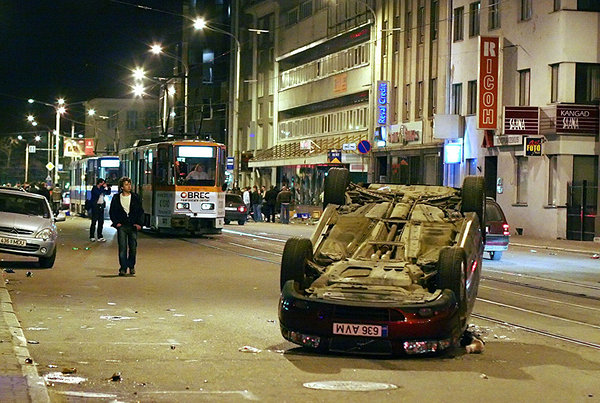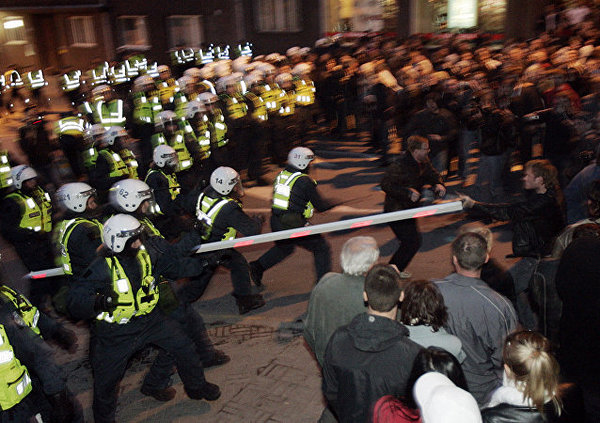Lisbon Summer School: War of Monuments" in Estonia: Cold, Hot and Monumental Translations
My presentation was entitled: "War of Monuments" in Estonia: Cold, Hot and Monumental Translations.
My presentation started as such:
At bachelor level I studied semiotics with a bit of an emphasis on Russian formalism. When I wrote my art history masters' thesis about monuments in Tallinn's Freedom Square I made use of the structuralist methodology introduced by the Tartu-Moscow school of semiotics. I took Juri Lotman's seminal concept of text and argued that not only monuments and sculptures could be 'read' as texts, but equally public space – like Tallinn's Freedom Square is a text, which in turn is part of a larger text, namely the Estonian culture. For this presentation I reread my masters' thesis and added two more monuments to develop my argument.
Public monuments function as artistic texts only to a small extent, whereas they are predominantly translations of other cultural texts. I am using the term translation in the Jakobsonian sense of intersemiotic translation, that is a translation from one sign system to another, as for example turning a book into a film. Whereas it makes perfect sense to consider a monument to be a target text, it is perhaps less clear what would be the source text in this instance. I would say that it is memory. To be more precise, a
monument translates a memory collective's understanding of what should be regarded important and memorable from the past. At the same time, memory itself is determined by translation, as identity is based on dialogue. Hence I argue that the trouble with monuments is foremost a conflict of memories different memory collectives.



Add a comment
Comments: 4